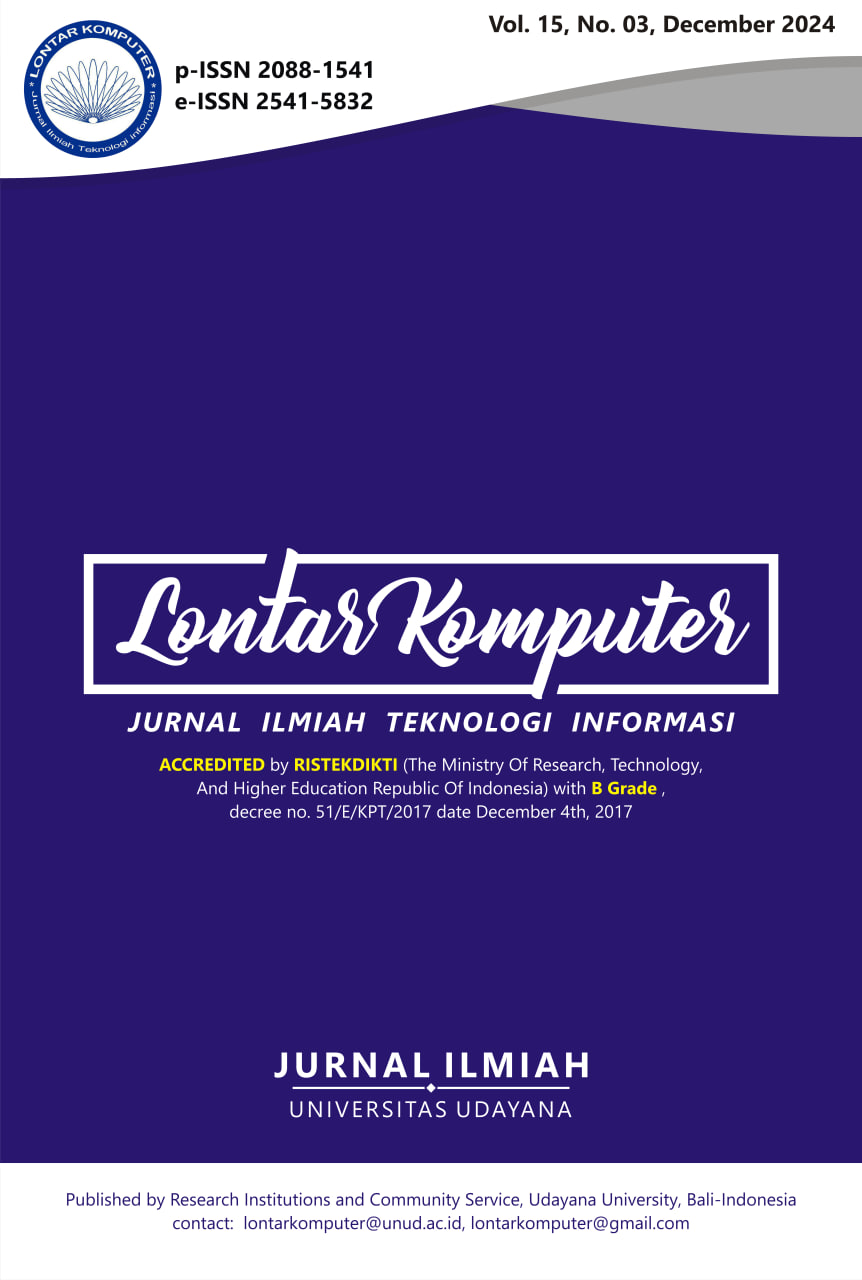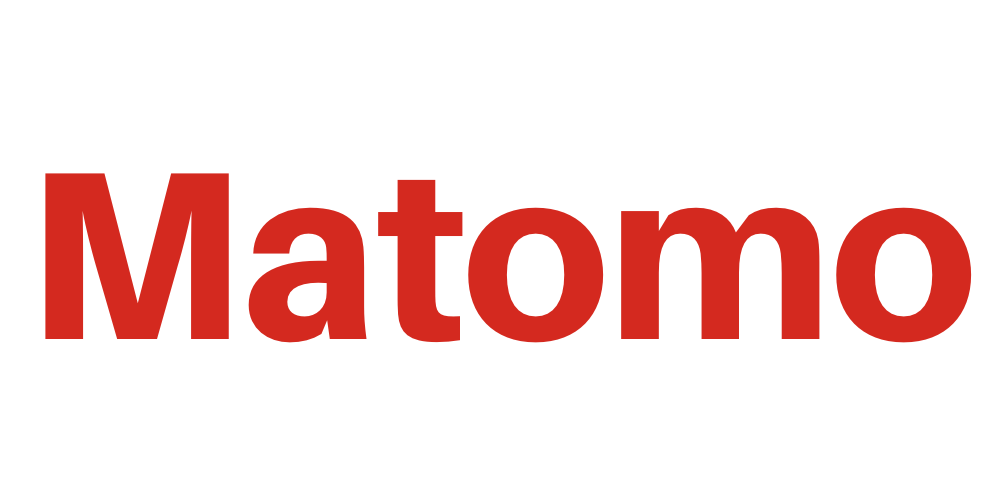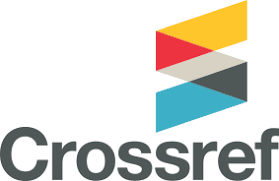Determining The Ripeness Level Of Crystal Guava Fruit Using Backpropagation Neural Network
Abstract
The ripeness of crystal guava fruit is currently sorted conventionally by analyzing the colour of the rind visually with the human eye. However, this method has several weaknesses that result in low accuracy and inconsistency. Therefore, automatic determination of ripeness level is necessary to increase accuracy and obtain precise information. This research uses the HSI colour space as an interpretation of fruit image characteristics and uses the Backpropagation algorithm to perform classification. This study utilizes image data of crystal guava fruit, categorizing them into four stages of ripeness: unripe, half-ripe, ripe, and very ripe. There are 140 fruit image data with 35 data for each ripeness category. Each image will be processed with median filter, cropping and segmentation. The HSI value will be taken from the image and processed at the classification stage using the Backpropagation algorithm. In classification using Backpropagation Neural Network, the best network model in this study was achieved in the 3 10 4 network architecture with a binary sigmoid activation function, learning rate = 0.3, and batch size = 64. This model produces a loss value of 0.5364 with an accuracy of 0.9 in testing process.
Downloads
References
[2] A. Wibowo, D. M. C. Hermanto, K. I. Lestari and H. Wijoyo, “Deteksi Kematangan Buah Jambu Kristal Berdasarkan Fitur Warna Menggunakan Metode Transformasi Ruang Warna HSV (Hue Saturation Value) Dan K-Nearest Neighbor” Journal of Informatics and Computer Science Engineering, vol. 1, no. 2, pp. 76–88, 2021.
[3] A. Kamsyakawuni, A. Riski and A. B. Khumairoh, “Application Fuzzy Mamdani To Determine the Ripeness Level of Crystal Guava Fruit” Jurnal Ilmu Matematika Dan Terapan, vol. 16, no. 3, pp. 1087–1096, 2022.
[4] H. Edha, S. H. Sitorus and U. Ristian, “Penerapan Metode Transformasi Ruang Warna Hue Saturation Intensity (HSI) Untuk Mendeteksi Kematangan Buah Mangga Harum Manis” Jurnal Komputer Dan Aplikasi, vol. 8, no. 1, pp. 1–10, 2020.
[5] A. Herdiansah, R. I. Borman, D. Nurnaningsih, A. A. J. Sinlae, and R. R. A. Hakim, “Klasifikasi Citra Daun Herbal Dengan Menggunakan Backpropagation Neural Network Berdasarkan Ekstraksi Ciri Bentuk” Jurnal Riset Komputer, vol. 9, no. 2, pp. 388–395, 2022.
[6] A. T. W. Utami and B. S. S. Ulama, “Penerapan Backpropagation untuk Meningkatkan Efektivitas Waktu dan Akurasi pada Data Wall-Following Robot Navigation” Jurnal Sains Dan Seni ITS, vol. 4, no. 2, pp. 2337–3520, 2019.
[7] M. D. A. Nasution, J. T. Hardinata and I. S. Damanik, “Jaringan Syaraf Tiruan Backpropagation untuk Klasifikasi Data Tilang Berdasarkan Jenis Pelanggaran” Prosiding Seminar Nasional Riset Information Science (SENARIS), vol. 1, pp. 547–556, 2019.
[8] K. R. Singh and S. Chaudhury, “Efficient Technique For Rice Grain Classification Using Backpropagation Neural Network And Wavelet Decomposition” IET Computer Vision, vol. 10, no. 8, pp. 780–787, 2019.
[9] I. G. A. Gunadi, P. S. Saputra, P. A. Pratama, and I. P. A. W. I. Saputra, “Analisis Perbandingan Metode Filter Mean, Median, Maximum, Minimum, dan Gaussian Terhadap Reduksi Noise Gaussian, Salt & Pepper, Speckle, Poisson, dan Localvar” Jurnal Ilmiah Sinus, vol. 17, no. 01, pp. 13-22, 2019.
[10] A. Sumarsono and Supatman, “Imagery Identification of Tomatoes Which Contain Pesticides Using Learning Vector Quantization” Jurnal Teknik Informatika, vol. 2, no. 1, pp. 9-16, 2021 .
[11] Q. Cao, L. Qingge, and P. Yang, “Performance Analysis of Otsu-Based Thresholding Algorithms: A Comparative Study” Journal of Sensors, pp. 1-14 ,2021.
[12] A. A. Muhammad, A. Arkadia, S. N. Rifqi, Trianto, and D. S. Prasvita, “Penerapan Transformasi Ruang Warna Hue Saturation Intensity untuk Mendeteksi Kematangan Buah Tomat” Seminar Nasional Mahasiswa Ilmu Komputer dan Aplikasinya (SENAMIKA), pp. 75-81, 2021.
[13] H. Wadi, Implementasi Jaringan Syaraf Tiruan Backpropagation menggunakan PYTHON GUI: Studi Kasus Prediksi Kurs Jual Rupiah Terhadap USD, Jakarta: Turida Publisher, 2021.
[14] M. Arhami and M. Nasir, “Data Mining: Algoritma dan Implementasi” Yogyakarta: Penerbit ANDI, 2020.
[15] J. Brownlee, “Machine Learning Algorithm From Scratch with Python” Machine Learning Mastery, 2019.

This work is licensed under a Creative Commons Attribution 4.0 International License.
The Authors submitting a manuscript do so on the understanding that if accepted for publication, the copyright of the article shall be assigned to Jurnal Lontar Komputer as the publisher of the journal. Copyright encompasses exclusive rights to reproduce and deliver the article in all forms and media, as well as translations. The reproduction of any part of this journal (printed or online) will be allowed only with written permission from Jurnal Lontar Komputer. The Editorial Board of Jurnal Lontar Komputer makes every effort to ensure that no wrong or misleading data, opinions, or statements be published in the journal.
 This work is licensed under a Creative Commons Attribution 4.0 International License.
This work is licensed under a Creative Commons Attribution 4.0 International License.























